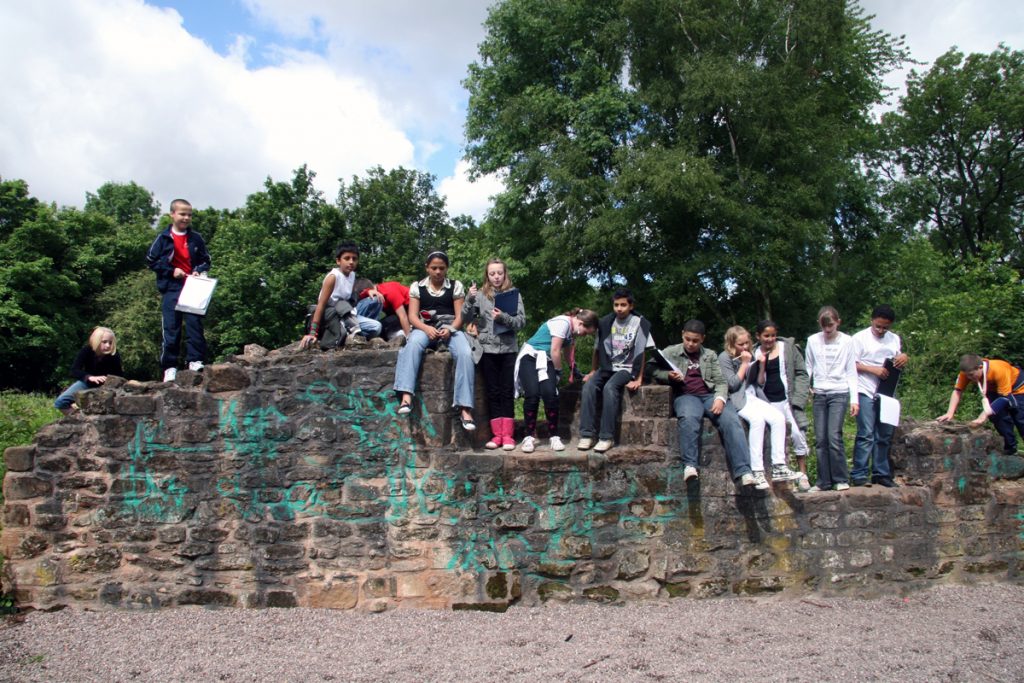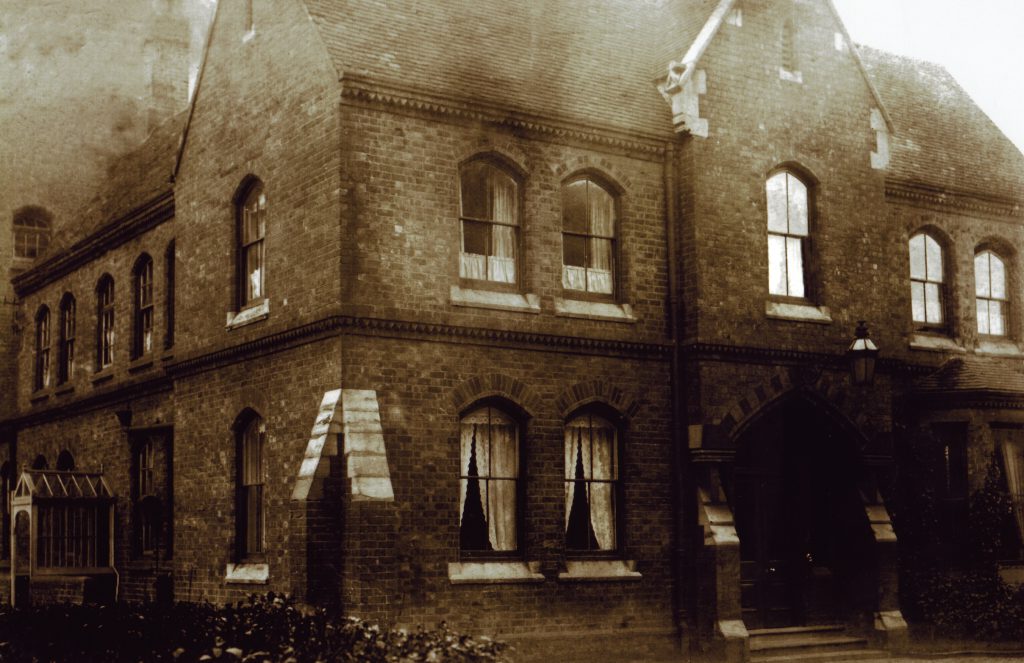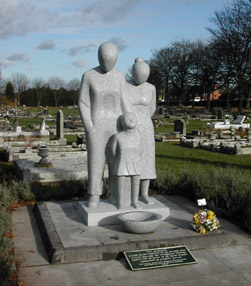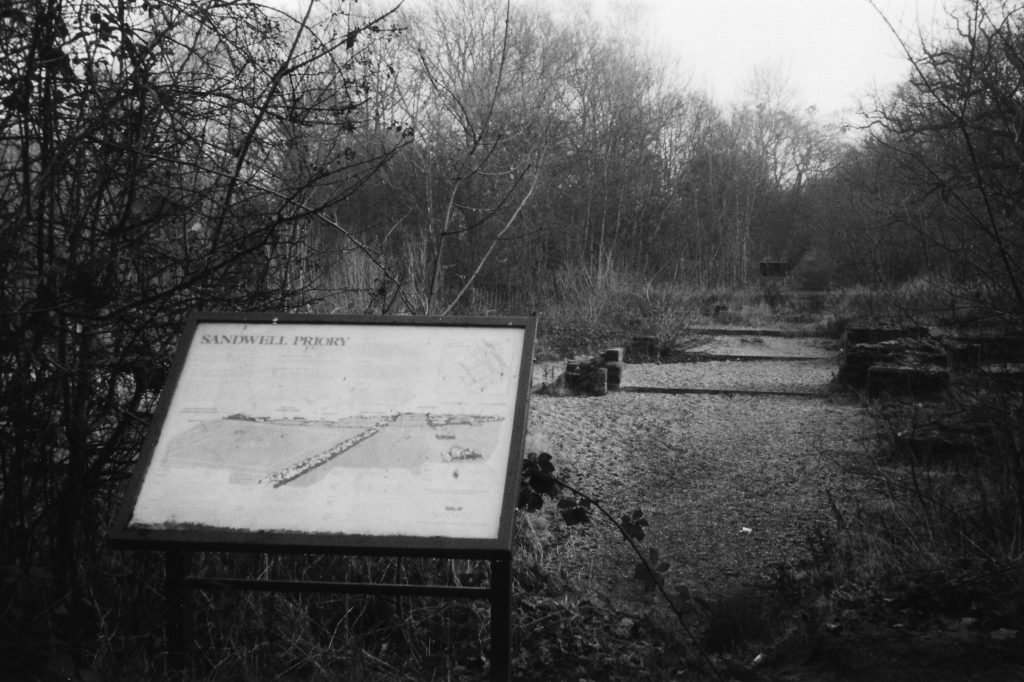In West Bromwich we know that over 2,500 paupers have been buried in Heath Lane Cemetery.
When they die they have to be buried at the public expense and by law are not allowed to erect a head stone or grave marker to their memory.
In West Bromwich we know that over 2,500 paupers have been buried in Heath Lane Cemetery, in many cases in mass graves where they have been buried 20 deep. Although records have been kept there are no markers to say who is buried in which grave, so that people who come to pay their respects have no focus as to where their loved ones are buried.
West Bromwich was at first an agricultural area, but with the coming of the Industrial Revolution the population expanded at a great rate and, with the fluctuation of industry, people lived from time to time in abject poverty.
Some means of looking after the people who were without any means of support either by infirmity or lack of work had to be found and in later years the workhouses fulfilled this need.
The Poor Law
The Poor Laws themselves date from 1535. The first dispensers of relief to the poor of this neighbourhood were no doubt the monks at Sandwell Priory. After the suppression of the monasteries the management of vagrancy and the relief of the deserving poor posed many problems.
In 1601 every parish was a self-governing body which was responsible for its own poor their relief was entrusted to the Overseers, superintended by the Magistrates. All the monies for their upkeep had to be raised from the local parishioners and collected by a parish officer by means of a poor rate.
This system lasted until 1834 when the Poor Law Unions were created and the responsibility passed to the Board of Guardians of the Poor.
– A History of West Bromwich by F.W.Hackwood. ch LXVI page 249
Poor Law Documents Before 1834, Anne Cole page 8


The first dispensers of relief to the poor of this neighbourhood were no doubt the monks at Sandwell Priory.


